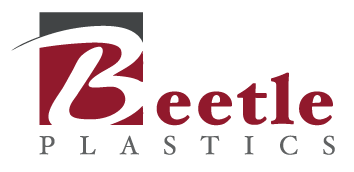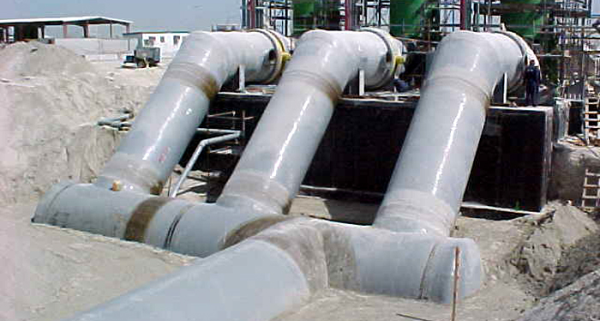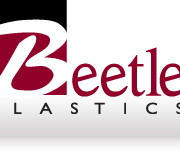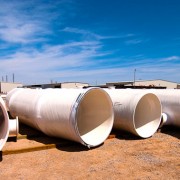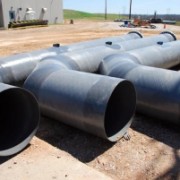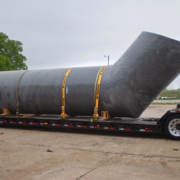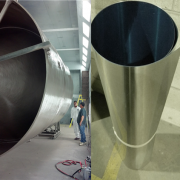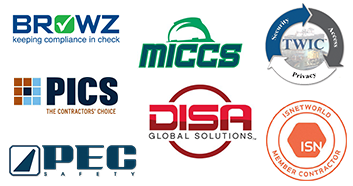Lined Pipe vs. Unlined Pipe – Pipe Strength and Structural Integrity
 In earlier posts, we discussed the first reason to choose lined FRP pipe: abrasion resistance and corrosion resistance. The third major reason to choose Lined FRP pipe is Structural Integrity. While typically the corrosion barrier/liner is not counted on for adding strength to the FRP pipe, it does enhance the structural integrity. Depending upon the service environment, sometimes the structural properties of the SPI type corrosion barrier/liner are included in determining the pressure rating of the FRP pipe.
In earlier posts, we discussed the first reason to choose lined FRP pipe: abrasion resistance and corrosion resistance. The third major reason to choose Lined FRP pipe is Structural Integrity. While typically the corrosion barrier/liner is not counted on for adding strength to the FRP pipe, it does enhance the structural integrity. Depending upon the service environment, sometimes the structural properties of the SPI type corrosion barrier/liner are included in determining the pressure rating of the FRP pipe.
One of the advantages of properly designed and manufactured fiberglass filament wound composite pipe is that it will typically show signs of “weeping” through the pipe wall when over-pressurized, long before a catastrophic failure occurs. Such weeping occurs by fluid wicking following the continuous glass roving used in filament winding. The weakest portion of the structural wall is the glass/resin interface. The corrosion barrier/liner, thus, serves to prevent the fluid media from getting to that continuous fiberglass filament.
From a purely structural viewpoint, the ideal corrosion barrier/liner would be a rubber bag. This rubber liner would continue to stretch, allowing the structural wall to fully take advantage of the superstrong, continuous glass filaments until they actually broke. A properly designed resin corrosion barrier/liner serves the same function allowing the structural wall to take the full load without concern for pipe wall weeping.
Contact us today and we can arrange a test installation in your plant comparing Beetle Plastics abrasion resistant composite FRP pipe with your current piping and duct materials.
